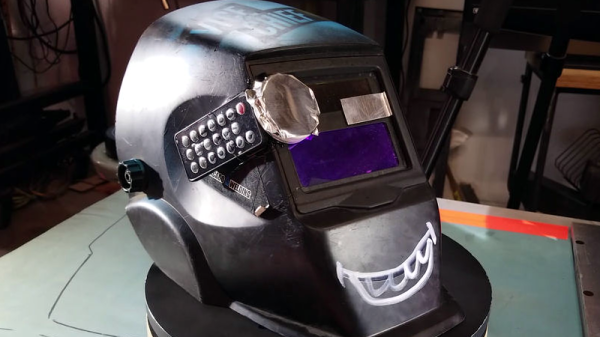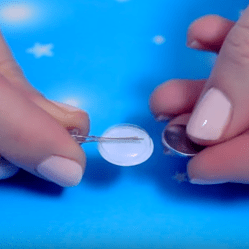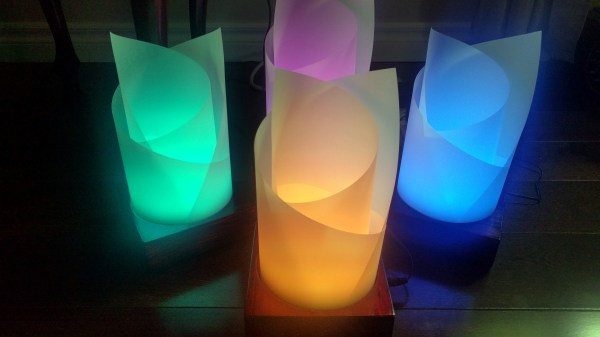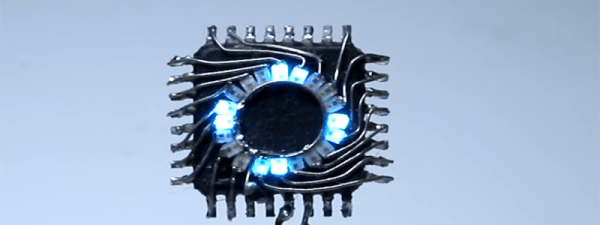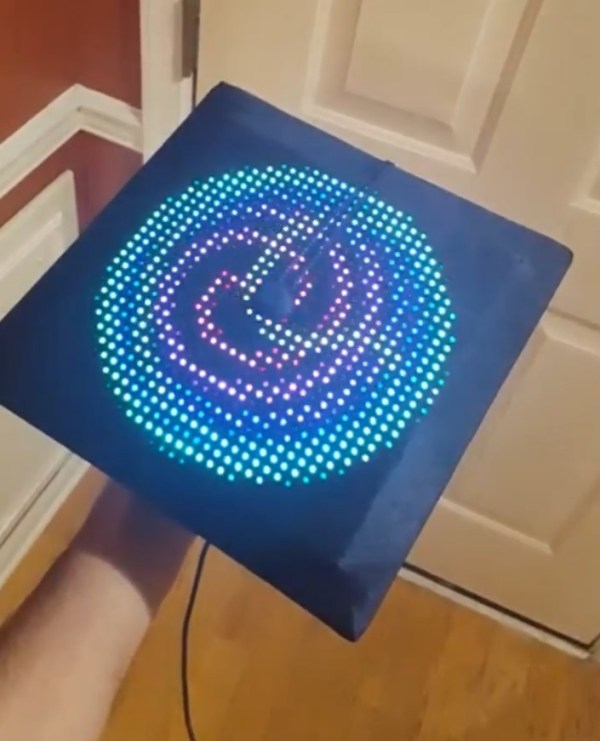What do you do if you don’t trust cheap eclipse-watching glasses from the internet? What about if everyone’s sold out? Well, if you want to watch the eclipse and you have an auto-darkening welding helmet, you can do what [daniel_reetz] did and hack something together with a remote and your welding helmet to let you see the eclipse without blinding yourself.
Essentially, the hack tricks the helmet’s sensors into thinking it’s very bright. [Daniel_reetz] accomplishes this by gluing a remote with an infrared LED to the side of the helmet and covering it with a 50mm plastic lid. There are two sensors on [daniel_reetz]’s helmet, so he covers the other one with aluminum tape. What this means is that when he presses a button on the remote, the lid-covered sensor thinks it’s very bright out and since the other sensor is covered, it darkens the lens of the mask.
I’m sure some of our readers could come up with a more sophisticated method that would allow you to do something other with your hand than press the remote buttons, but this is a quick and easy hack that’ll get you able to take a quick look at the eclipse – assuming you have a welding mask capable of shading to level 13 or 14. If you are hoping to catch a glimpse of the eclipse, check out the safety guide from NASA just to make sure your eyes are safe. For another method of viewing the eclipse, check out this wearable pinhole camera. For another welding mask hack, check out this augmented reality mask.
Continue reading “How To Eclipse When All You Have Is A Welding Helmet”

